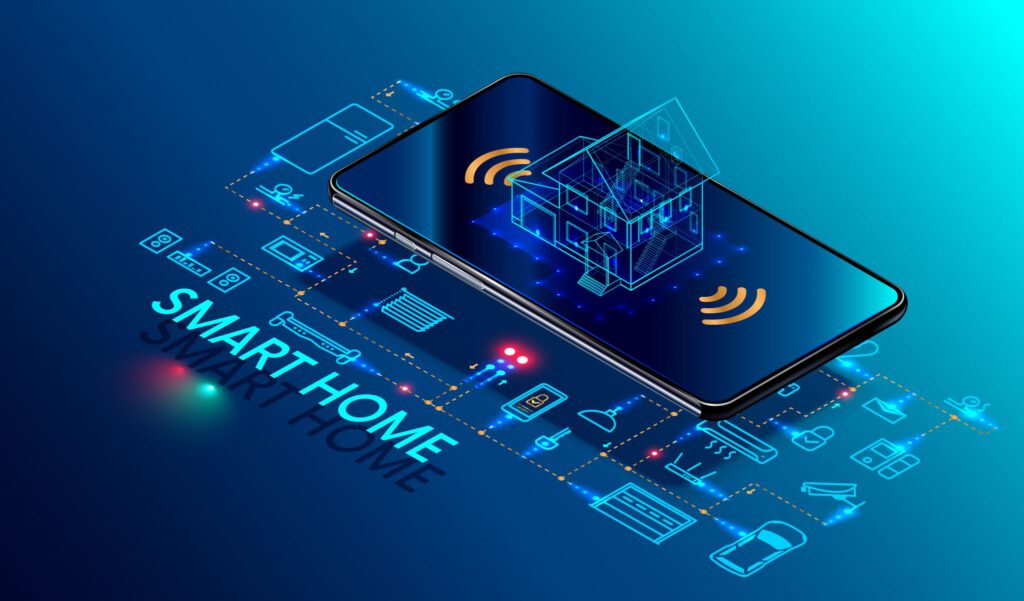
Home automation is a type of home technology that lets users use a computer or smartphone to control their appliances and other home features.
It’s an exciting and relatively new area of home technology that has the potential to make your life more convenient, secure and energy efficient. But how do you know what to look for?
Controlling your lights can be a convenient way to create the ambience you want in your home, and it can also help reduce energy consumption. This is possible through smart lighting technology that allows you to control lights from a variety of devices including wall-mounted lighting controls, keypads, touchscreens, and even your smartphone.
Some smart lighting systems offer the ability to dim and color-tune your LED lights, allowing you to match your mood with a specific light setting. This is particularly useful if you have children or guests in the house and want to keep them safe at night.
Another popular feature is the ability to create custom lighting scenes. These allow you to set the exact atmosphere you want for a special occasion, such as a family dinner or a romantic date.
A typical scene involves a set of pre-programmed lighting settings that can be activated using an app on a mobile device or through voice-assisted AI. You can also use a timer to schedule your lights to turn on or off at particular times of the day, such as when you leave the house or go to bed.
The ability to control your lights from an iPad or iPhone is an added bonus if you’re away on vacation, and it can make your home appear occupied while you’re away. You can also set up your lights to automatically turn on when you enter the home or when the alarm system goes off.
One of the most popular ways to control your lights is through a smart plug that uses WiFi or Bluetooth to communicate with other devices on your network. This enables you to control your lights from anywhere in the world, as long as your phone has a wireless connection.
In addition, many smart plugs have voice control features that let you interact with your lights via Siri or Alexa. This means that you can ask your favorite voice assistant to switch on or off your lights, change the temperature in your home, and more.
Some of these options may be more affordable than others, depending on the type of lighting you’re looking to control. For example, a simple WiFi-connected light kit with two or four LED bulbs costs around $35. A more complex system with Bluetooth-enabled bulbs can cost as much as $50.
Home automation makes it possible to control the appliances in your home using a wireless network. This enables you to use your smartphone to turn on and off the lights, run your air conditioning or heating and more. It’s also possible to set schedules so that devices like the thermostat switch on and off automatically at certain times, which can help you save money on your energy bills.
Various sensors are used in home automation systems to sense the environment around your house, including temperature, humidity, gas and light levels. These sensors are able to alert the system if there is an issue, such as a leak in the kitchen, for example, or when a security alarm has been activated.
Sensors are able to send data about the environment to the home automation system’s processor, which then makes decisions about how and when to control devices within your home. These decisions are based on information from various sources, such as sensors and the internet.
Thermistors and humidity sensors, for example, are able to control heating and cooling units by monitoring the temperature of the room, while gas sensors are able to monitor a leak or detect a fire. These sensors can also be programmed to shut down your appliances if there is an emergency, such as a power surge or a flood.